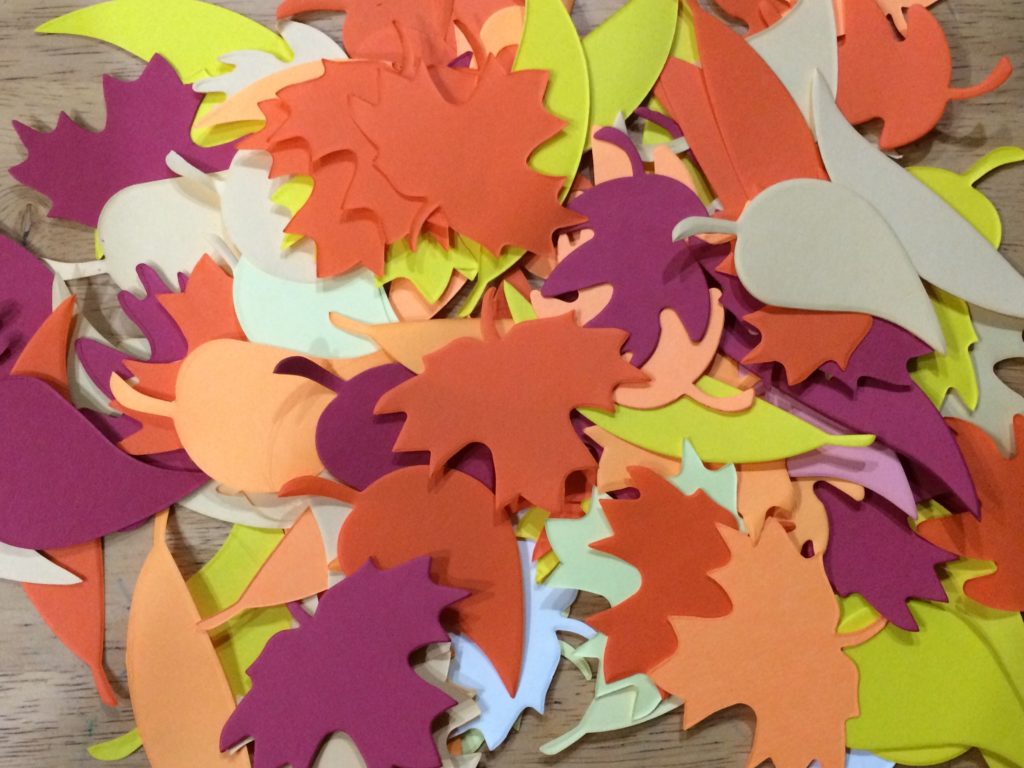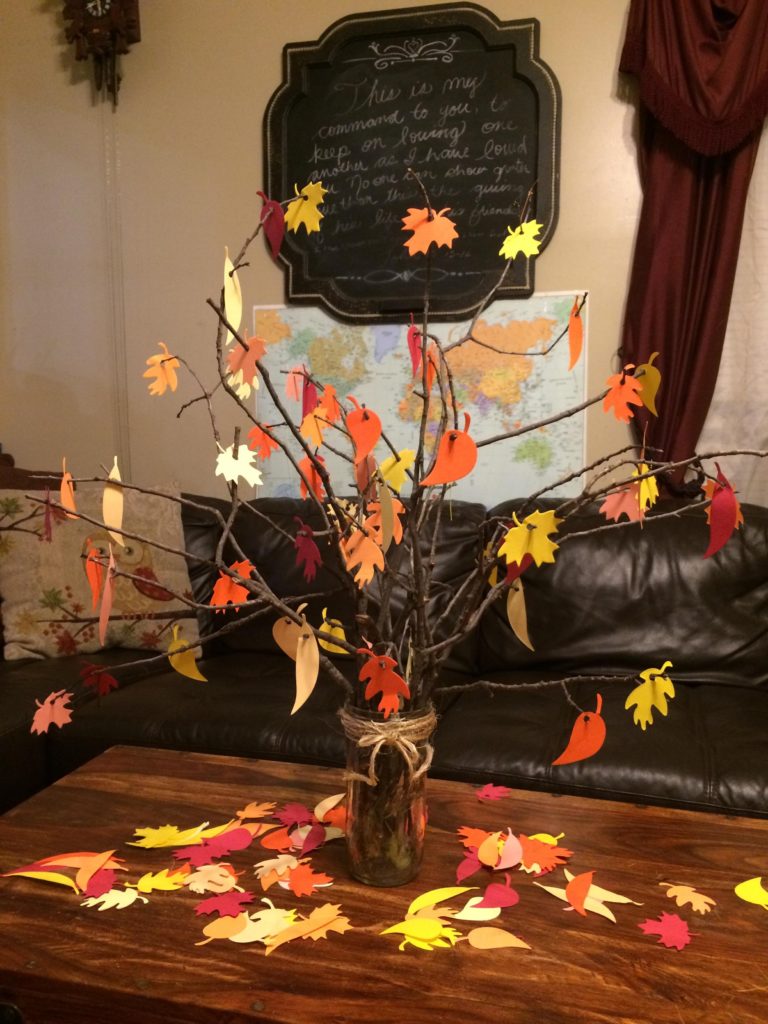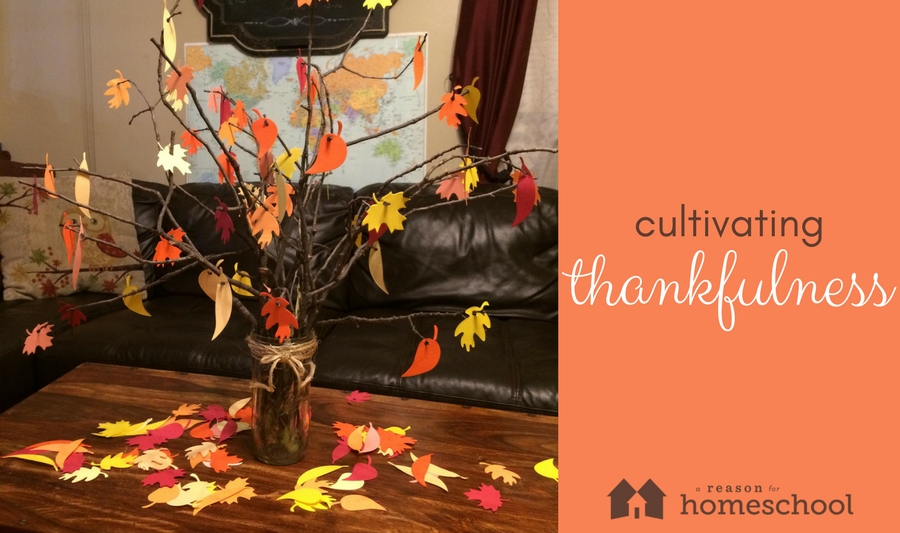If your home is anything like mine, it’s crammed with an abundance of stuff you could probably do without.
What is it that drives us to want more and more? Is it the infamous green-eyed monster living in our hearts?
It’s just so easy to see and want. I know I have the want-more plague … always wanting, wanting, wanting. I’m reminded of the parable of the farmer who wanted to build a newer, bigger barn to store his bumper crop (Luke 12:13-21). I think I may have been a bit offended the first time (or two) that story stepped on my like-to-be-prepared toes a bit. Come on, who doesn’t want to save up for the future to laze around a bit? Didn’t we earn it, after all?
In Hebrews 13:5, the Lord implores us to resist the love of money and be content with what we have. Yet my sinful heart still yearns for more. The scriptures go even further in James 4:2, explaining that our fights and quarrels are the result of envy, of lusting for things we don’t have. Isn’t that the truth?!? Just ask anyone with a couple of children.
It’s simple to spot the monster in my children, when they selfishly refuse to share or they pout over not getting that new toy. But where did they learn it? Could it be my example? Ouch!
How hard it can be to recognize the plank in my own wanting eyes.
One reason why I believe contentment is so hard to achieve, is that we still see our possessions as ours, not the Lord’s. If I manage to look around and see His provision instead of my belongings, my selfishness becomes much more clear.
But store up for yourselves treasures in heaven, where neither moth nor rust destroys, and where thieves do not break in or steal.
Matthew 6:20
Oh, the wisdom of those words.
Thanksgiving—one of my favorite times of the year—is almost upon us. In contrast to all the other gimme-gimme-gimme holidays, this one is an opportunity to step back and appreciate what we already have.
It’s easy to take our blessings for granted, whether they’re tangible or intangible. Often we don’t even give them a thought. I never truly appreciated being able to breathe … until I had a collapsed lung and couldn’t. God gives us this amazing body; one able to heal and repair in an absolutely spectacular fashion, and until it stops functioning in an area, we just don’t think about it.
Thanksgiving is an excellent time to remind our children to be thankful for ALL their blessings, in an intentional way. We can encourage a thankful spirit, even though they may not truly grasp how blessed they are. Here’s one way to help your children practice thankfulness this season.
Thankfulness Tree
Supplies you will need:
- a jar (size really depends on how small or elaborate you want your tree)
- some string (purely decorative; I used brown twine, but a ribbon in a bright fall color would be lovely, too)
- twigs gathered from outdoors
- paper leaves, or paper in fall colors to cut out your own leaf shapes
- a hole punch and, if needed, several pairs of scissors
Gather your supplies; if you are cutting out your own leaves, do it ahead of time or have your children make them before you sit down to assemble your tree. 
Punch a hole in each leaf, near the stem.
Place the twigs inside the jar. Add the decorative string or twine around the mouth.
Point out to your children how bare, dead, and ugly the tree is without the beautiful leaves of thankfulness added to it. Explain how we are just as dead and ugly inside without God’s love and joy in our hearts. We find that joy in our relationship with Jesus. Without Him, we are selfish and dead inside, but as we spend time with Him, God’s love radiates through us, blessing the world around us.
It's easy to take our blessings for granted, whether they're tangible or intangible. Often we don't even give them a thought. Click To TweetUsing your stash of paper leaves, let every member of the family take turns naming a blessing and writing it on one of the leaves. For young children, a parent or older sibling can help fill out a leaf. When it’s Mom or Dad’s turn, be careful to acknowledge God’s provision. (For example, instead of “I’m thankful for our home,” you might say, “I’m thankful that God has given us a safe place to live together.”) Encourage your children not to focus only on possessions, and set the example yourself by choosing intangible blessings. When each person’s contribution has been written down, attach the leaf to the tree.  Don’t stop when you’ve filled the branches; remind your kids that you can never be too thankful for God’s blessings, and just keep writing out more, sprinkling them around the base of the jar.
Don’t stop when you’ve filled the branches; remind your kids that you can never be too thankful for God’s blessings, and just keep writing out more, sprinkling them around the base of the jar.
The tree can stay up indefinitely as a reminder to be thankful during this season. In this simple yet beautiful way, I’m hoping to help carve out the selfish, unsatisfied spirit in my family’s hearts this year. I pray godly contentment fills the void.
Thankfulness is such an important lesson to ingrain in our children. Here are a few of my family’s favorite books on the topic:
- A newly released book, The Marvelous Mud House by April Graney. This is a beautiful story of how contentment leads to true joy, and inspires us to help those around us.
- Any book about Mother Theresa of Calcutta, one of my all time heroines of faith.
- The Christian Heroes: Then and Now series by Janet and Geoff Benge. Stepping into the shoes of these missionaries opens our children’s eyes to a world they don’t normally see. We enjoy listening to these on audio CDs.
- The Most Beautiful Tree by Melody Carlson
What are your families favorite thankfulness traditions? Please share; I’d love to hear about them.
Blessings on your Thanksgiving season!
